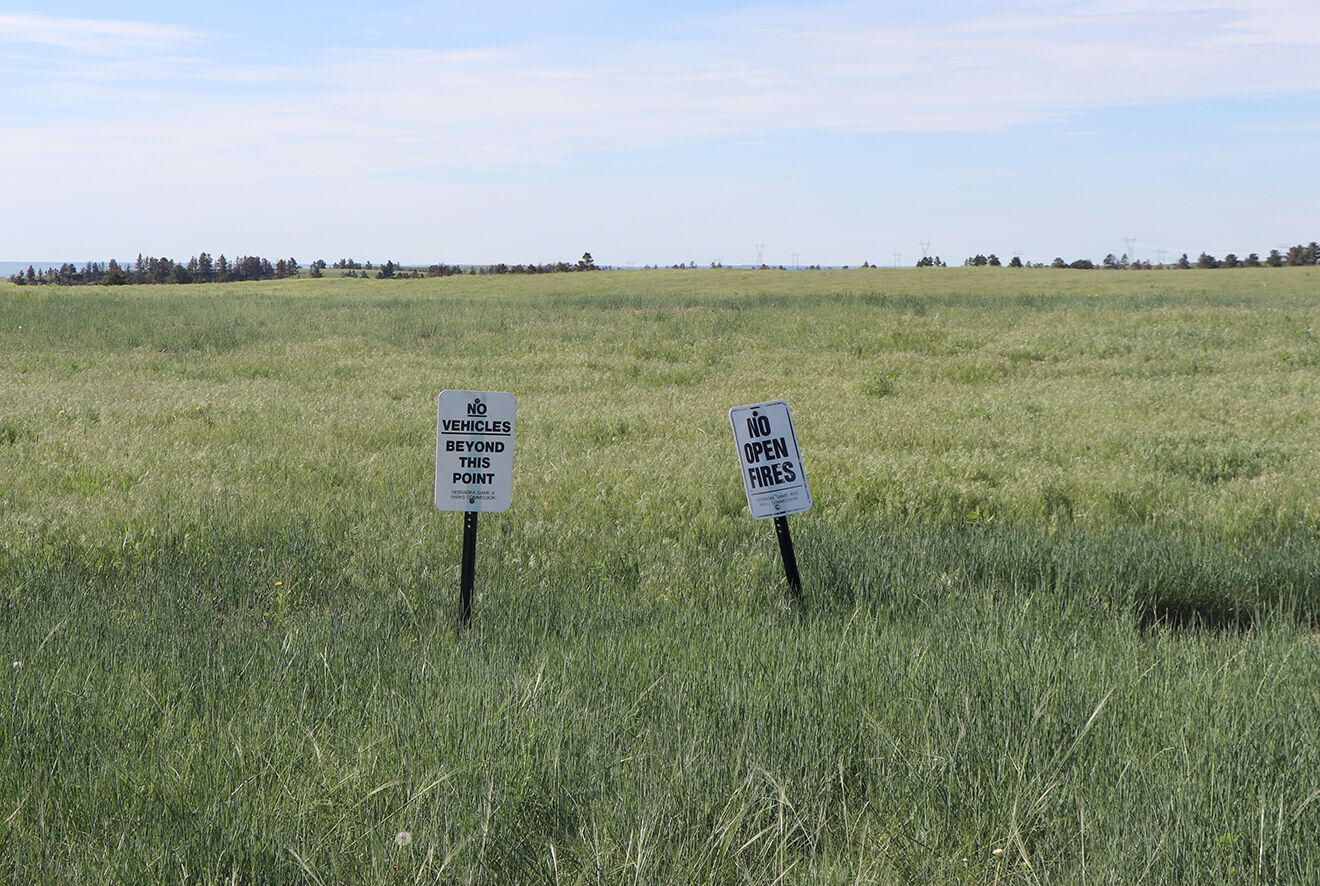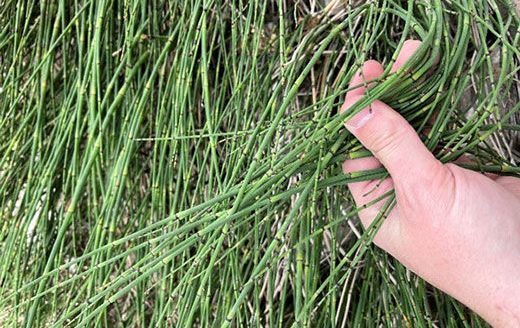Almost a year after the Carter Canyon fire burned 15,630 acres of range, heavily timbered areas, and several buildings. Only the charred skeletons of trees remain as a reminder of the fire. Below the trees, abundant rain throughout May in Scottsbluff and the surrounding area has created a lush green landscape of recovering native grassland vegetation.
Producers and landowners recently received information on how the fire may still affect their ranges from the Nebraska Extension, Platte River Basin Environments, North Platte NRD, Natural Resources Conservation Service, and ENVU.
“The western Great Plains grasslands typically responds quickly and positively to recovery following a wildfire,” said Mitch Stephenson, Nebraska Extension range and forage management specialist.
While the ranges look green from the road, livestock producers know only some of the green is good as cheatgrass, an annual invasive grass which was actively growing at the time of the event, was prevalent at the locations.
Cheatgrass seeds are typically viable for up to two to three years, and the seed’s germination rate is 99%, according to an NRCS-USDA cheatgrass handbook. Cheatgrass is present in a number of areas in western Nebraska and has become common in even strong stand of perennial grasses, but Stephenson said livestock producers have some tools to combat this invasive species.
“There is no silver bullet. We’ve had cheatgrass for a long time,” he said. “Grazing is one (tool), getting out early and using it as a forage. But you’ll still have some seed come up every year and compete with perennials.”
Cheatgrass grows early and rapidly and can be a good forage option for cattle, but cattle will avoid areas with cheatgrass later in the growing season.
“This year, especially in the Panhandle, we’ve had a lot of good moisture,” said Aaron Berger, Nebraska Extension educator in the southern Panhandle. “So, even with the moisture and a lot of grass growing, be cautious about how much you graze this year.”
While grazing can occur on western Nebraska grasslands the year after a fire, deferring until later in the growing season is often suggested to help plants reach full maturity before grazing.
“If forage is your economic driver, having the ability to use that (pasture) is important. There’s no recipe, it really depends on the resource, what’s happened, what are the grass species present, there’s just a lot of things that are part of the whole decision-making process,” Berger said.
For pasture or range sections overrun with cheatgrass, there are herbicide options. Some have been around for a while, and some are brand new.
“There are a number of herbicide options, like imazapic, and the product (by ENVU) where indaziflam is the active chemical,” Stephenson said.
Indaziflam and Imazapic have undergone research throughout the western United States and the western Great Plains, looking at their effectiveness. The indaziflam herbicide tends to last longer in the soil, which is a good thing when combating cheatgrass, which is relatively robust.




